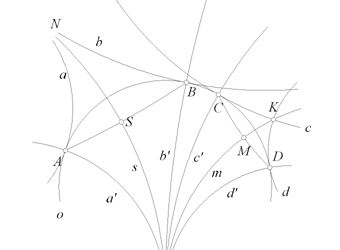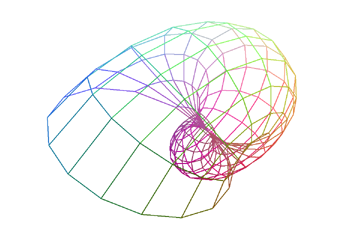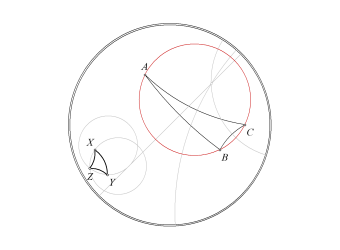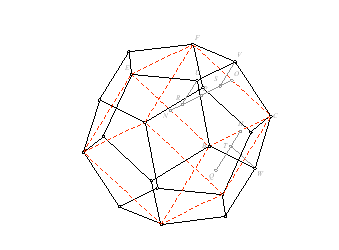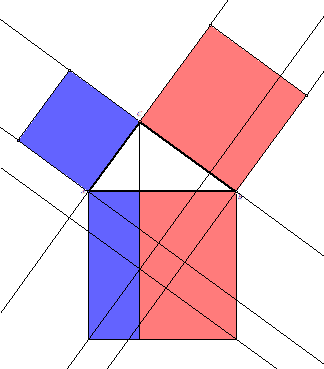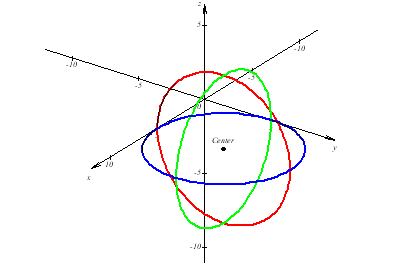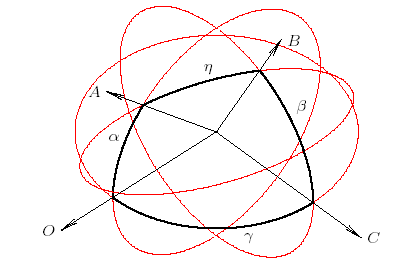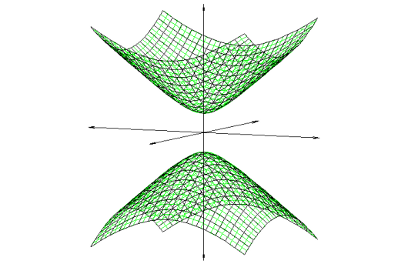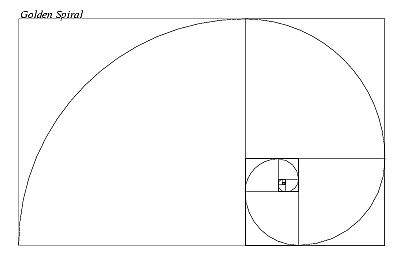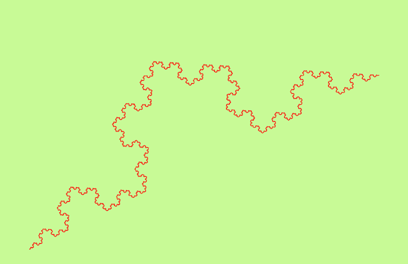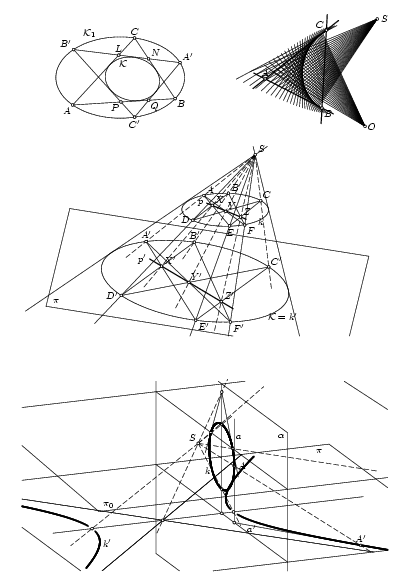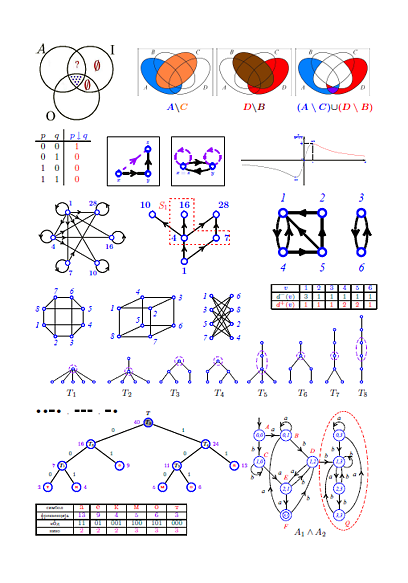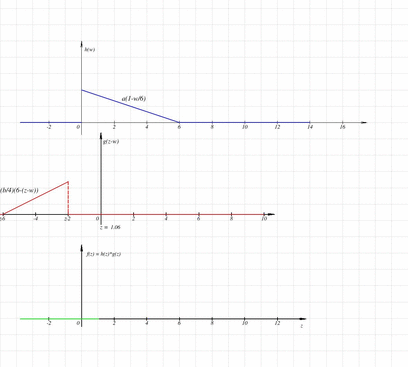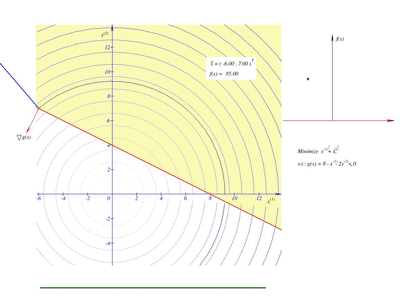
I am happy that, almost 30 years after the very first versions of GCLC and with many related tools that appeared in the meanwhile, there is still a steady and wide need for the tool GCLC. With thousands of GCLC users worldwide, with many books, journal articles, and theses illustrated with the help of GCLC, and with many courses on different levels that are taught using GCLC, I am encouraged to keep the project GCLC active. After turning open-source in 2020, in March 2024 it was time to announce one great novelty - a web-based version of GCLC, a contribution by Nikola Ubavić! In May 2024, the git project got a new cmake system thanks to Matthew Fernandez! Please find the links to the source code, to current versions of executables, and to the web-based version in the Downloads section.
Predrag Janičić [home page]
May 2024
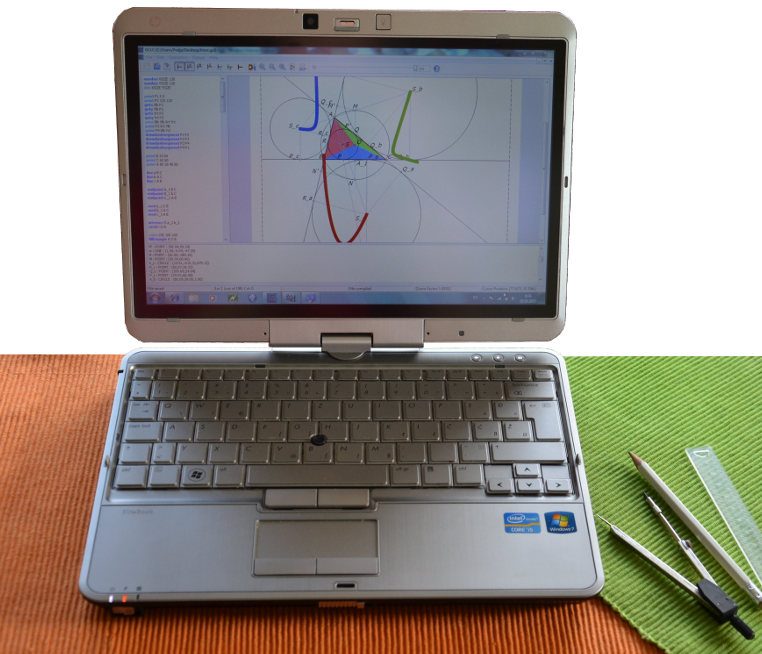
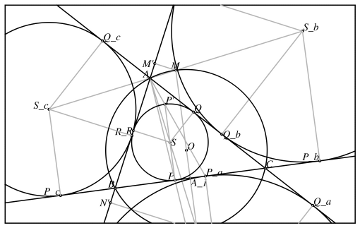
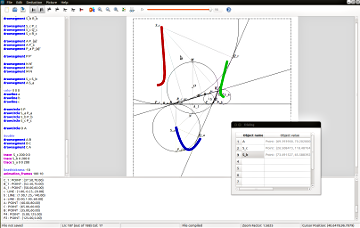
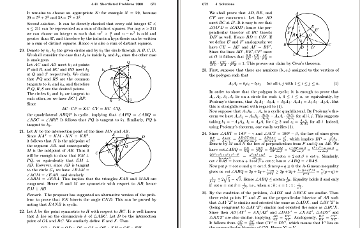
 This software is protected by the Creative Commons licence CC BY-ND:
This software is protected by the Creative Commons licence CC BY-ND:
